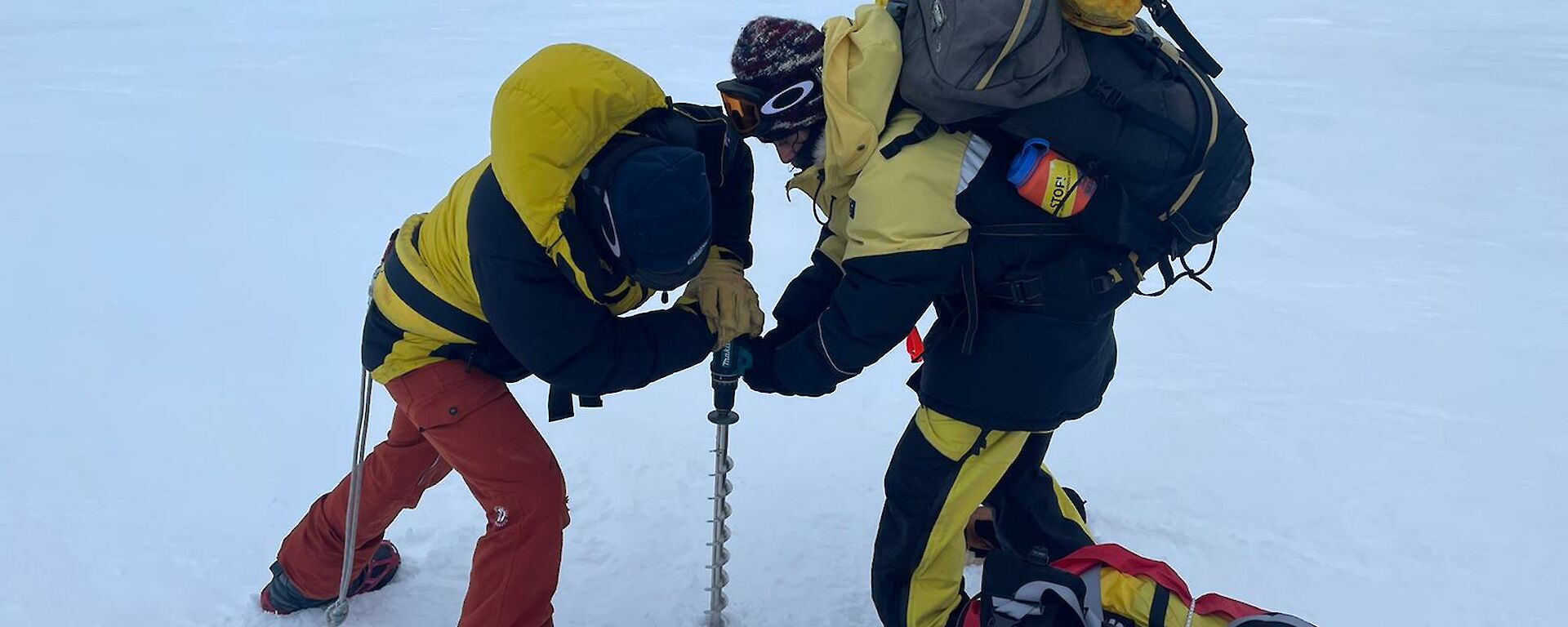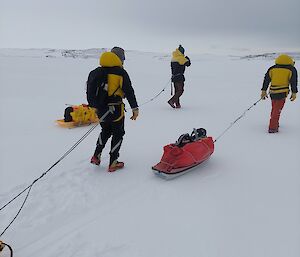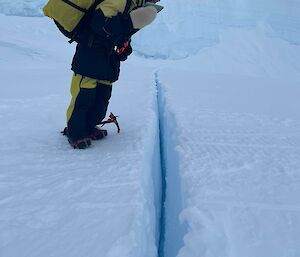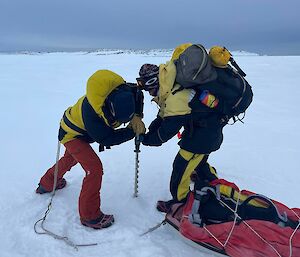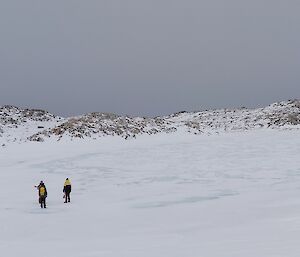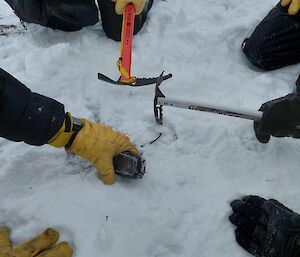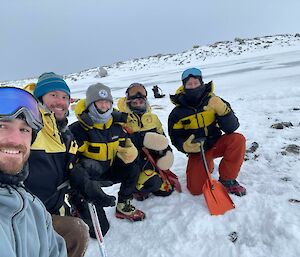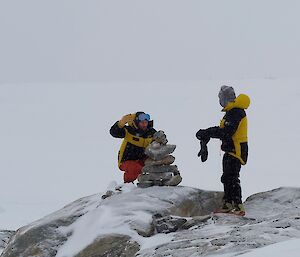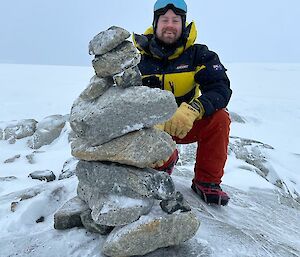The Antarctic summer at Casey research station is a hive of activity and a hub for world-leading science. This season a select group of scientists departed the research station, venturing into the wild and unforgiving landscape in the pursuit of data collection. Their work required collaboration from a variety of specialists and operations support, both in the field and back on station. Their project was a success and they returned to Australia at the end of the summer season after accomplishing all desired outcomes. There was, however, one hiccup.
A piece of technical electronic equipment had been unintentionally left in the field at one of the research locations. This device is capable of guiding field parties to desired locations with the assistance of a global positioning satellite network, as well as capturing valuable data points along the way. It’s a robust piece of equipment, the result of decades of research and modification mostly lead by military organisations. Such an asset had to be retrieved from the field and returned to the research program.
A logistical complication was noted immediately. The device was on an island and the boating program was well and truly finished for the year. This meant that the wintering expeditioners at Casey had to wait for the sea ice to form, allowing access via foot from the Bailey Peninsula, where the research station is situated. With each passing week, the ice became more suitable for travel, but more snow fell covering the unit and making it difficult to locate. With the scientific program at the forefront of our minds, the retrieval of the device and its significance for ongoing projects was not lost: we were determined to find and return it to the scientists and their institution.
The time came where the conditions were suitable; an operational plan was put in place. A well-suited team of expeditioners formed and planned the arduous task of walking to, searching for, and retrieving the technical device. The team:
- Dee: Expert at diagnosing the state of the human condition
- Pat: Water flow and heat generation technician
- Kyle: Leading specialist in shaping iron ore extractions
- Jasmin: Water molecule and air movement data collector
- Reno: Explosion and shaft rotation specialist
Once the team had departed for the field and made the radio call to say they’d made it to the island, the entire station population waited with bated breath. Will the device be found? Will the scientists be able to continue their cutting-edge work again? The suspense was too much for some, they had to sit and calm their nerves. Some were practising breathing techniques to slow their heart rate.
Then … … the call came in. They’d found it! They’d laboured in the brutal conditions of the Antarctic winter, far from the comfort of the research station, and pushed through the discomfort with one goal in mind: to find the missing asset. As a fellow expeditioner I feel proud to have been here in support, and to have assisted in the progress of this science project. I am honoured to know the brave team that put their body on the line to retrieve the device, I hope they get the credit they deserve.
The scientists have been notified of the retrieval and they are ecstatic with the great lengths the expeditioners of Casey station went to in the name of science.
-Flynn (Field Training Officer)

